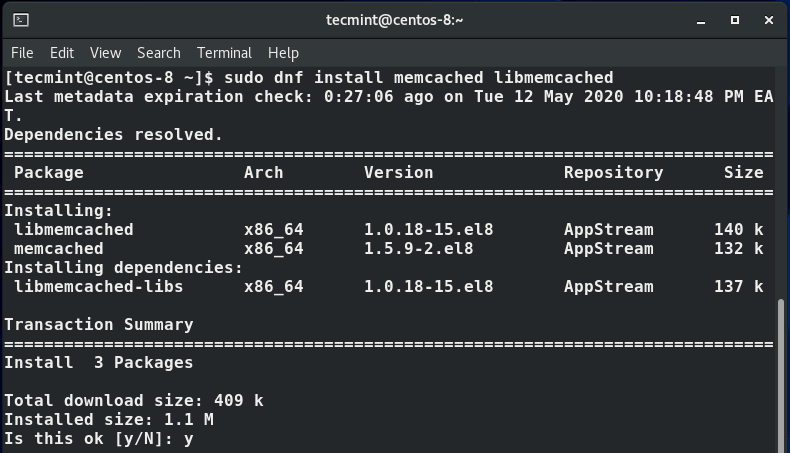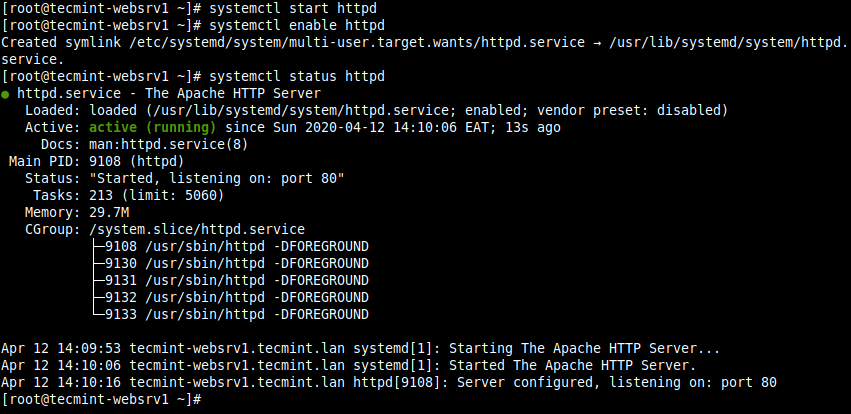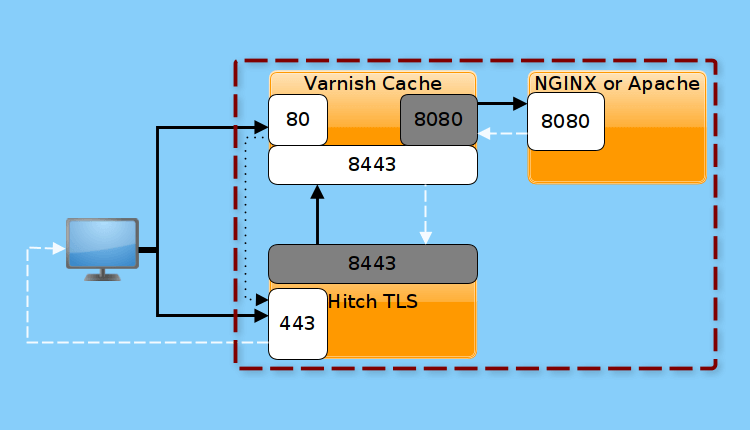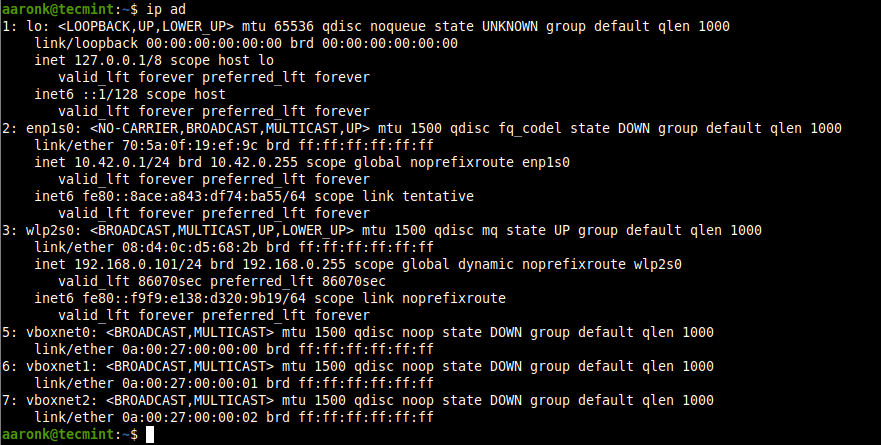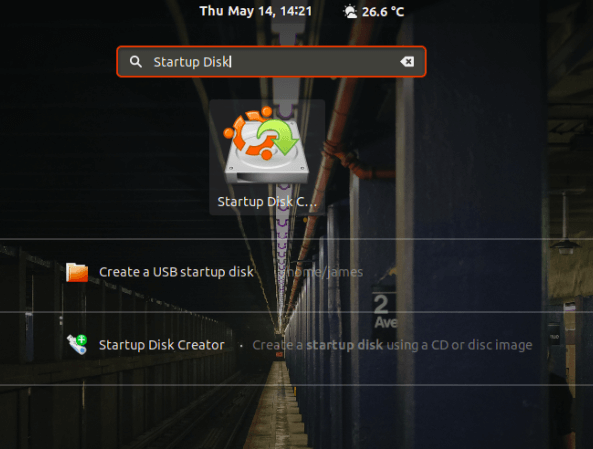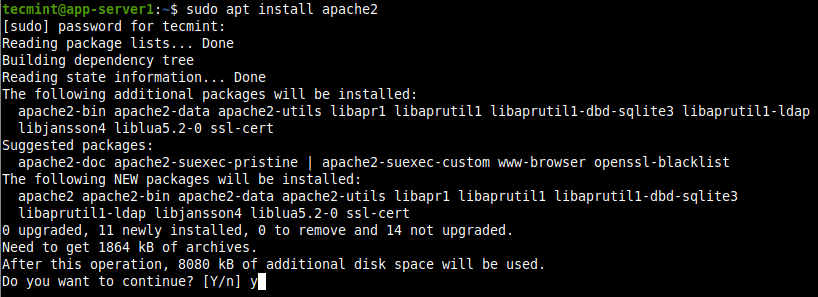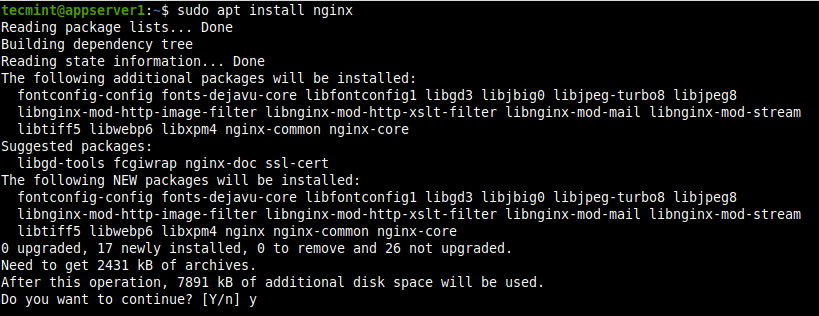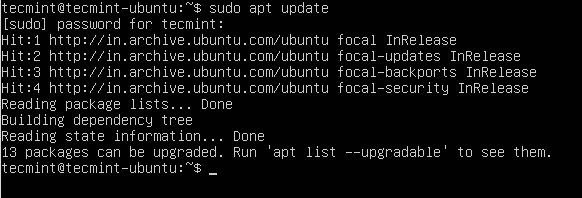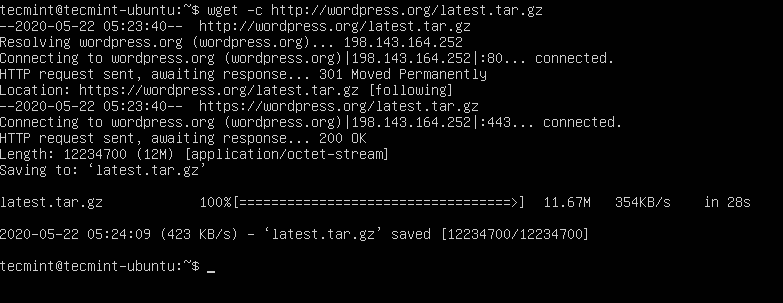Memcached is an opensource, high-performance, and superfast in-memory key-value store that is designed for speeding up web applications. Among the popular web applications that rely on Memcached include FaceBook, Reddit, and Twitter. In this article, you will learn how to install and configure a Memcached caching system on CentOS 8 Linux (same instructions also work
Make Linux Great Again
How to Install Varnish Cache for Apache on CentOS/RHEL 8
Varnish Cache is a free open source, modern and high-performance web application accelerator. It is a fast reverse HTTP proxy that caches content to speed up your web server performance, by storing web content in server memory – in a cache. It is configured to run in front of an origin server such as Apache
How To Enable HTTPS for Varnish Cache using Hitch on CentOS-RHEL 8
Varnish Cache lacks native support for SSL/TLS and other protocols associated with port 443. If you are using Varnish Cache to boost your web application’s performance, you need to install and configure another piece of software called an SSL/TLS termination proxy, to work alongside Varnish Cache to enable HTTPS. The Hitch is a free open
How to Configure Network Bridge in Ubuntu
Linux supports the implementation of a software network bridge to reproduce the function of a network bridge, a networking device that interconnects two or more communication networks or network segments providing a way for them to work as a single network. It acts almost like a network switch, and in a software sense, it is
3 Ways to Create Bootable Ubuntu USB Startup Disk
Creating a bootable USB drive is one of the most preferred ways of testing and installing a Linux operating system on a PC. This is so because most modern PCs don’t come with a DVD drive anymore. Further, USB drives are easily portable and less delicate than a CD / DVD. Many graphical tools abound
How to Install LAMP Stack with PhpMyAdmin in Ubuntu 20.04
LAMP stack is the combination of the most frequently used software packages to build dynamic websites. LAMP is an abbreviation that uses the first letter of each of the packages included in it: Linux, Apache, MariaDB, and PHP. You can use LAMP to build awesome websites with platforms such as WordPress or Joomla for example. Additionally, by default,
How to Install LEMP Stack with PhpMyAdmin in Ubuntu 20.04
For those of you who don’t know what LEMP is – this is a combination of software packages – Linux, Nginx (pronounced EngineX), MariaDB and PHP. You can use LEMP for both testing purposes or in a real production environment to deploy web applications using PHP frameworks such as Laravel or Yii, or content management
How to Install and Configure Memcached on Ubuntu
Memcached is a free and opensource in-memory caching system that speeds up web applications by caching large volumes of data in memory that are generated from page load requests or API calls. Memcached is particularly useful in speeding up PHP-based web applications such as WordPress, Joomla, Drupal, and Python applications as well. In this tutorial,
How to Install WordPress with Apache in Ubuntu 20.04
WordPress is the most popular platform in the world for building websites, be it a blog, an e-commerce website, a business website, a portfolio website, an online business directory, and so on. It is free and open-source, easy to install, learn and use, highly pluggable and customizable too. This guide shows how to install the
How to Compress Files Faster with Pigz Tool in Linux
Written by Mark Adler, Pigz is an acronym for Parallel Implementation of GZip. It’s a nifty compression tool that helps you compress files with blazing fast speeds. As an improvement of the good old gzip utility, it leverages multiple cores and processors to compress data. This guide shines more light on Pigz and takes you

